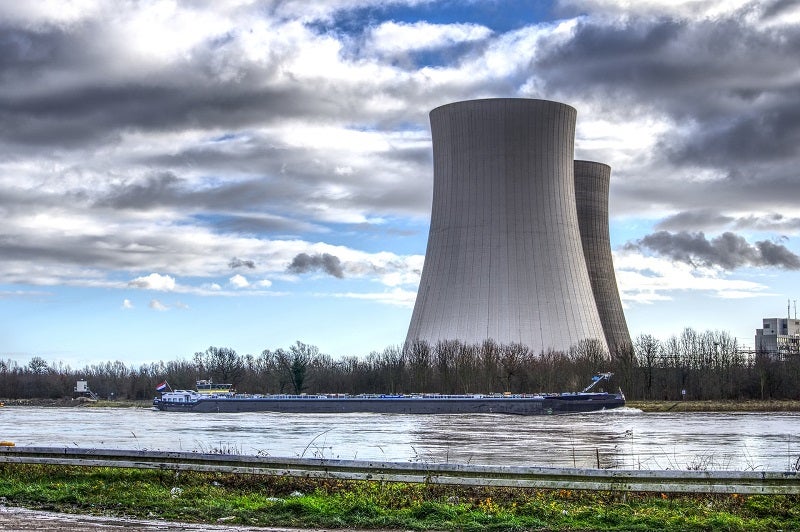Triveni Mahadev is a 78MW hydro power project. It is planned on Beas river/basin in Himachal Pradesh, India. According to GlobalData, who tracks and profiles over 170,000 power plants worldwide, the project is currently at the permitting stage. It will be developed in a single phase. The project construction is likely to commence in 2025 and is expected to enter into commercial operation in 2027. Buy the profile here.
Description
The project is being developed and currently owned by Himachal Pradesh Power. The company has a stake of 100%.
Triveni Mahadev is a run-of-river project.
The hydro power project consists of 2 turbines, each with 39MW nameplate capacity.
Development status
The project construction is expected to commence from 2025. Subsequent to that it will enter into commercial operation by 2027.
For more details on Triveni Mahadev, buy the profile here.
See Also:
About Himachal Pradesh Power
Himachal Pradesh Power Corp Ltd (HPPCL) a power generating company that offers hydro power development services. The company plans, promotes and organizes the development of all aspects of hydroelectric power on behalf of Himachal Pradesh State Government GoHP. It offers Himachal Pradesh State Electricity Board HPSEB in Himachal Pradesh, among others. HPPCL also diversifies its power development activities in other areas such as thermal, renewable sources of energy, solar power, and others. The company provides projects portfolio such as Shongtong Karcham HEP, Sainj HEP, Chirgaon Majhgaon HEP, Sawra Kuddu HEP, Kashang HEP, Renuka Ji Dam HEP, and others. HPPCL is headquartered in Shimla, Himachal Pradesh, India.
Premium Insights
From

The gold standard of business intelligence.
Blending expert knowledge with cutting-edge technology, GlobalData’s unrivalled proprietary data will enable you to decode what’s happening in your market. You can make better informed decisions and gain a future-proof advantage over your competitors.




